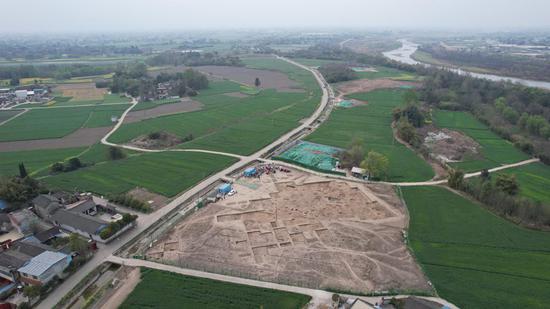
A bird's eye view of the excavated area in the Sanxingdui Ruins. [Photo provided by the Sichuan Provincial Cultural Relics and Archaeology Research Institute/For chinadaily.com.cn]
New archaeological evidence unearthed at the Sanxingdui Ancient City site suggests that the city had consistent foundations throughout and clear urban planning more than 3,000 years ago.
The Sichuan Provincial Cultural Relics and Archaeology Research Institute said that although some sections of the walls have been damaged over time, archaeologists have reconstructed the basic layout of the city based on exploration of the existing city walls.
The Sanxingdui Ancient City site in Guanghan, Sichuan province, covers about 3.6 square kilometers and has a northwest-southeast layout, basically consistent with the high-grade building foundations and jade workshop discovered since 2022.
Based on newly discovered water gates and city gates, the main axis of Sanxingdui city was the result of the ancient people adapting to the local geographical environment, and the natural mountains and riverbeds at that time, said Xu Danyang, deputy head of the institute's Sanxingdui site.
According to the institute, the city's northern and southern parts were divided by a river, with the northern section housing the palace and workshop areas, while the southern part contained the sacrificial area.
Water gates were situated on the eastern and western sides, and the city was surrounded by thick and sturdy walls with gates and roads, connecting it to the surrounding regions.
The layout was convenient for both production and daily water intake, as well as for utilizing waterways to connect with the outside world, reflecting advanced urban construction ideas, Xu said.
Scholars believe Sanxingdui was established 2,800 to 4,800 years ago, and archaeological discoveries show it was a prosperous, highly developed cultural hub.
The site was discovered in 1929 when Yan Daocheng, a local villager, unearthed a pit full of jade and stone artifacts while repairing a sewage ditch at the side of his house.
Archaeologists have conducted excavations there since the 1930s. They had a major breakthrough in 1984 when the remains of large palaces and parts of the eastern, western and southern walls of an ancient city were found. In 1986, two large pits full of bronze artifacts, including masks and figurines, were dug up.
The discoveries confirmed the site comprised the ruins of a city that was the political, economic and cultural center of the ancient Shu Kingdom, an ancient civilization that existed in what is now Sichuan province.
The site was one of China's most important archaeological discoveries in the 20th century.
Since 2020, six new pits next to the first two have been excavated, and artifacts found in them are now on display in the new Sanxingdui Museum, which opened in July last year.
The new museum has attracted over 5 million visitors from around the world.









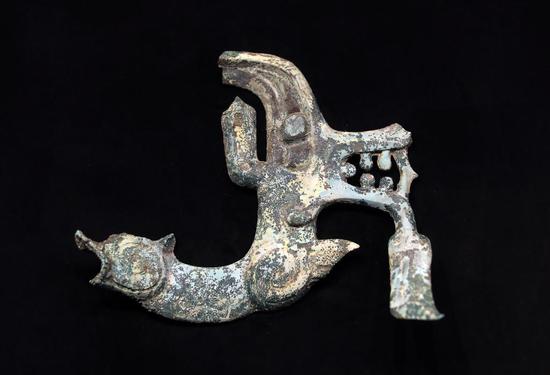
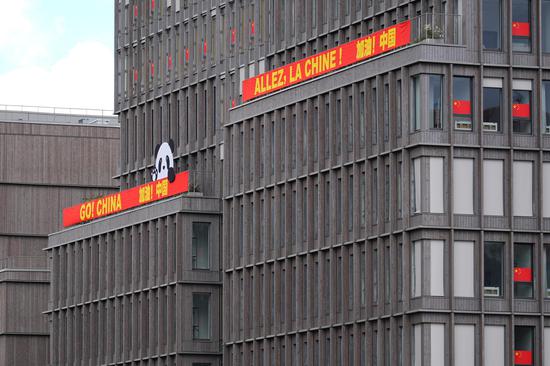


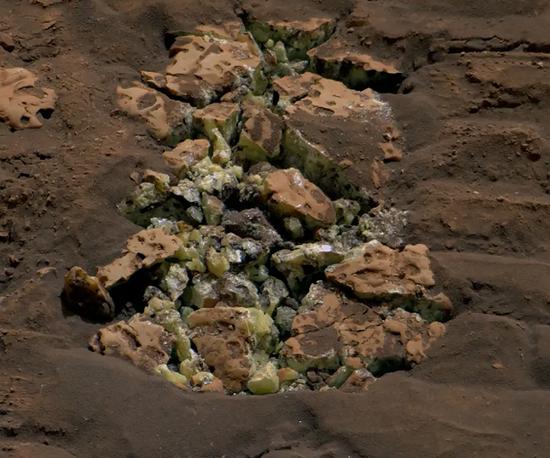







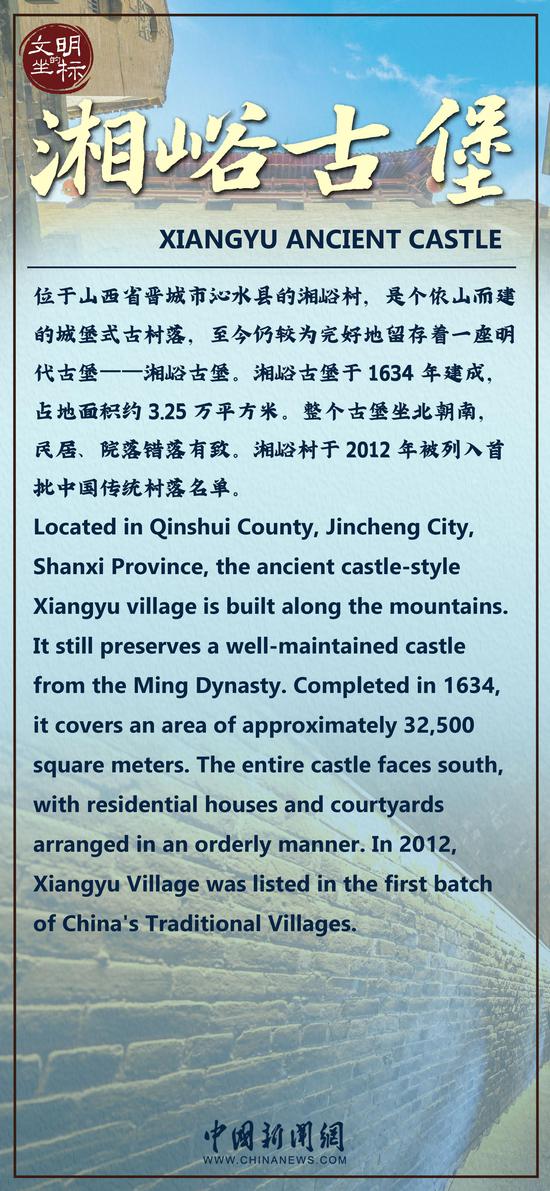




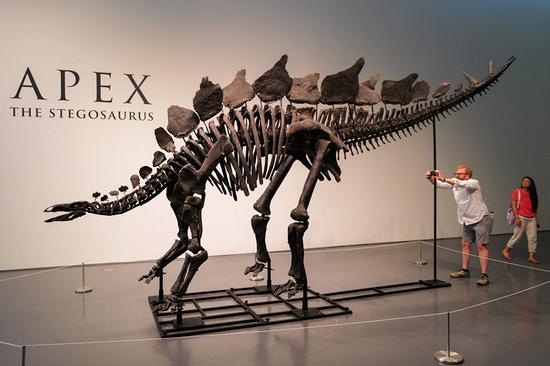

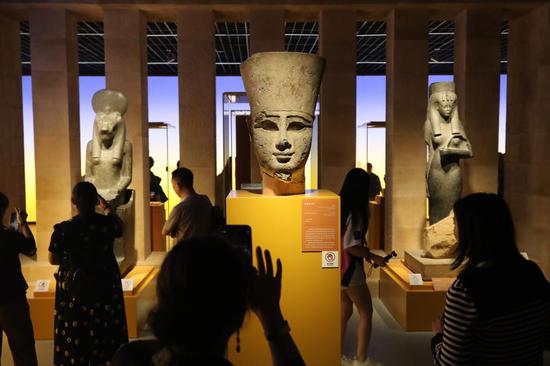


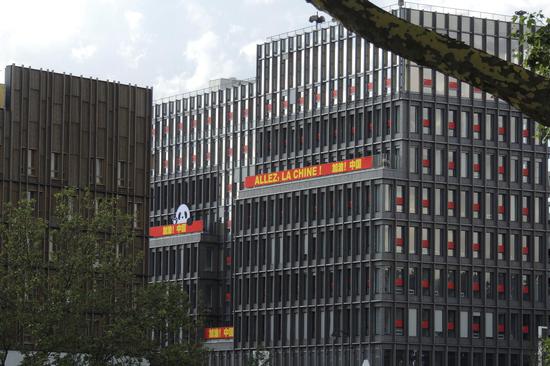








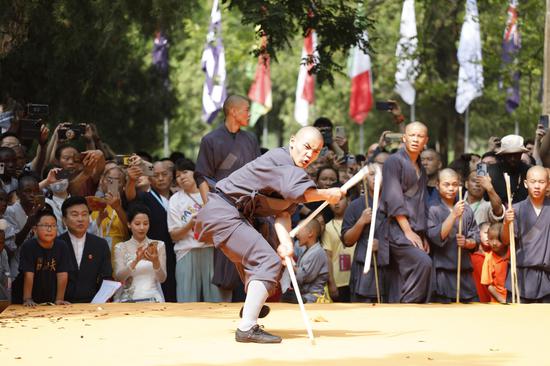









 京公网安备 11010202009201号
京公网安备 11010202009201号